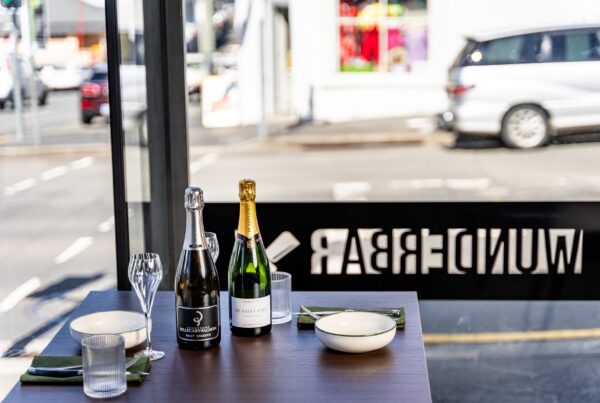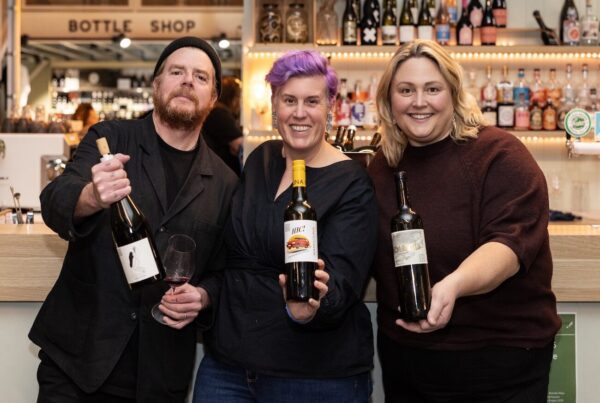
Tessa Brown from Vignerons Schmolzer & Brown comments on the nepotism/cronyism discussion in the Australian wine industry.
I’ve done AWAC and LET and I have done a bit of show judging over the years.
To be fair, these days I am not often called up to judge.
I would like to do more but I feel a bit old to go asking. Make of this what you will.
It may help the original writer to know that since almost all wine shows now run with the AWRI’s Showrunner, data assessment would have to be influential to the selection process.
I’d assume that it is at the discretion of each chair, however I am sure that many probably do sit down afterwards to look at each judge’s and associate judge’s points in order to ascertain how far from the mean of the panel chairs’ points they sit on medal level wines.
This would be how associate judges should get plucked up to judging level, and it is how AWAC select their dux along with a consistency weighting (they always put several wines in twice to see how closely you score them each time).
LET’s dux would be similar, with an additional weighting to picking the DRC GCs correctly.
The results in my AWAC booklet from 2007 were, incidentally, hilariously poor.
I was 25 or 6 and still mostly working in viticulture; I should never have expected greatness.
Beyond this more academic process, the chair then will observe a judge’s general professionalism, phone hygiene, how slow they are to get through their work.
Then of course ‘evening conduct’ counts too: there are definitely one or two I know of who’ve been not invited back to shows for going on to be either sleazy, combative or profoundly self-promoting on the magnums at dinner.
The principal conundrum beyond the dry process above is, if a decision-making class of, say 25-50 chairs and panel chairs set the taste benchmarks for the whole country, and associates and judges can only progress in the show system the more closely their golds and silvers resemble that of those top 20-50 folks, how then does that make space for the possibility of true diversity in taste?
Every chair and panel chair finishes their morning pep talk with a stress on overall balance, yet how does it make space for wine professionals from diverse cultural backgrounds to climb the ranks without flattening their life experiences to match the bosses?
It is certainly a thorn.
And, as certain benchmark wines become increasingly remote to even the aspirational drinker, should their relevance change in our industry overall, and how can we justify theirs being the poles we continue to line up our compasses to?
How does a wine professional who isn’t a high-end sommelier – or very, very wealthy – get to know how those wines taste to even attempt to standardise their palates?
It is the nut of a real issue probably particular to fine wine and food, art and luxury goods.
It is definitely being discussed, although perhaps by those we would term ‘younger leaders’ in our industry.
I’d guarantee you there are some chairs who are consciously trying to open their ranks and thread a needle of fairness and diversity vs dry data, and there are some chairs who will gatekeep ranks til the ends of time.
You have to find the good chairs and pursue them without being too irritating: my clue would be, ‘Who makes you feel safe?’
Aye, it’s not always fair but I am sure I’ve seen glacial change occurring in the 23 years since I first stewarded a show (Cowra ’01?!).
There were not gender quotas back then, I can assure you.
The reality for the original writer, though, is that it is only through getting scores somewhat closely matching the panel chairs, communicating effectively, conducting oneself professionally and not behaving like a burnt pork chop at night, that one will fill their wine show dance card up.
Treat it like a game and compete if it really matters to you, but also know there are meaningful and rewarding pathways in wine that don’t need show participation at all.
Related content













Recent Comments